*Note: Article image courtesy of Villa Sandi.
Now don’t get me wrong, as a self-professed Champagne gal, I love Champers as well as many other Traditional Method sparklers in all their glory. You can’t miss me with the leesy, biscuity, toasty, bready (you get my point) deliciousness that only extended lees aging can bring. But sometimes I want something that’s a little fresher and fruity – and easier to drink. This is where Prosecco fits the bill time and time again. Side note: I’ve also been developing an affinity for Ancestral Method – aka petillant naturel (“Pet Nat”) – sparkling wines. But we’ll talk about that some other time. Today, it’s all about Prosecco.
What Is Prosecco?
Made from the Glera grape, Prosecco is produced similarly to Champagne and other Traditional Method sparklers in that it undergoes a second fermentation.
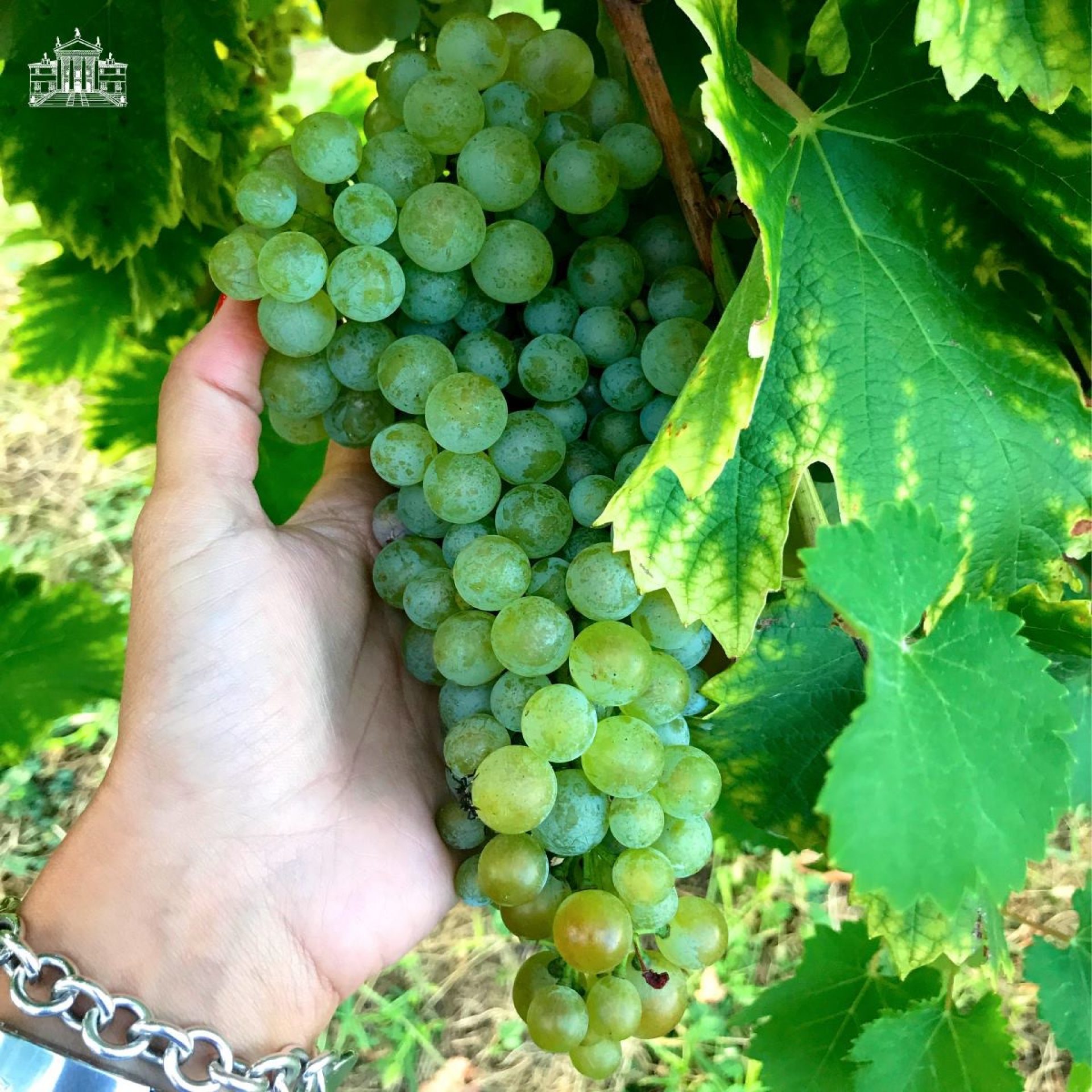
But in Prosecco’s case, the second fermentation occurs in a large pressurized tank rather than in the bottle. This so-called Tank or Charmat Method is often used for aromatic varieties where the winemaker is looking to emphasize the fruity and floral characteristics of the wine. Additionally, the wine typically doesn’t spend time aging on the lees as the used up yeast sediment can interfere with the characteristics that the winemaker is trying to showcase. And given the fact that I live in a hot and humid climate, the freshness of Prosecco is a welcome respite.
The Terroir
I sometimes hate using this word as I want people to be drawn to wine, rather than intimidated by yet another word or phrase that they don’t know or can’t pronounce. But terroir (pronounced “tare wahr”) is such an important concept, particularly in old world wines. 1 In a nutshell, it encompasses everything about the place that the wine comes from.2 It’s the climate, soil, altitude, latitude, elevation, aspect, sun, etc. – all the physical and geographical characteristics of a place. It’s part of what makes Pinot Noir from Bourgogne/Burgundy taste different than Pinot Noir from California’s Russian River Valley.
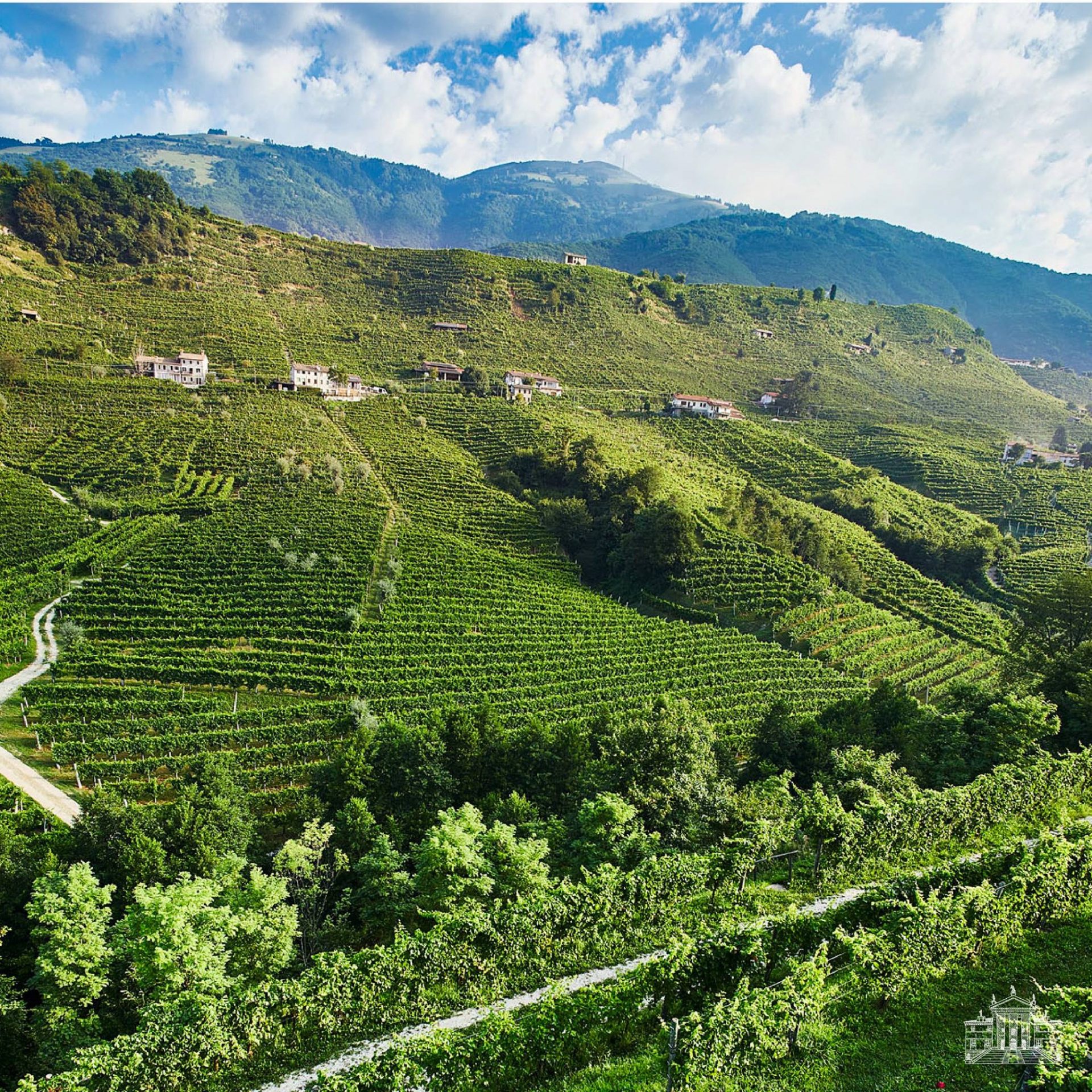
In this case, Prosecco hails from yep, the Prosecco region in northeast Italy which covers parts of Veneto and Friuli. And just like Collio represents a higher quality of wine within the larger Friuli region, (recall we visited Friuli in my last post), so too does the larger Prosecco region have smaller areas that represent the best of what Prosecco can be. Specifically, Prosecco that comes from the Conegliano Valdobbiadene DOCG region can bear the Prosecco Superiore designation as it represents the best expressions of Prosecco. 3 Conegliano Valdobbiadene is known for its steep limestone hills and cooling breezes from the Adriatic that helps to create a moderate climate. And so special is the region that just recently, the Prosecco Hills of Conegliano and Valdobbiadene4 were declared a UNESCO World Heritage Site.5 Talk about drinking historic wines!
The Wine
So what better way to celebrate the excellence of the region and its recent recognition than by celebrating with one of Prosecco’s most renowned producers – Villa Sandi? The Moretti Polegato family, owner of Villa Sandi, have a long-standing winemaking tradition that has been handed down from father to son. Today, that task is in the capable hands of Giancarlo Moretti Polegato who currently manages the company and carries on the family tradition. And while the family’s portfolio extends beyond Prosecco, it’s apparent that Prosecco is near and dear to their heart and something in which they take great pride.
With its majestic 1622 Palladian-style villa in the heart of the Prosecco region, the Villa Sandi Estates encompass the entire Prosecco area. Estates cover the wider DOC area, the gentle hills of the Asolo DOCG, the aforementioned UNESCO Conegliano-Valdobbiadene DOCG, and finally to the steep slopes of the special cru of Cartizze in Valdobbiadene. And Cartizze is indeed something special.
While the family’s production standards emphasize high quality winemaking6 and a commitment to the environment,7 their stewardship goes beyond their own estates. Giancarlo Moretti Polegato has had a prominent role in promoting Prosecco’s reputation as a wine and as a production area as well as been involved in some of Italy’s most prominent wine organizations.8
I had the pleasure of attending a Prosecco Master Class with representatives from Villa Sandi.
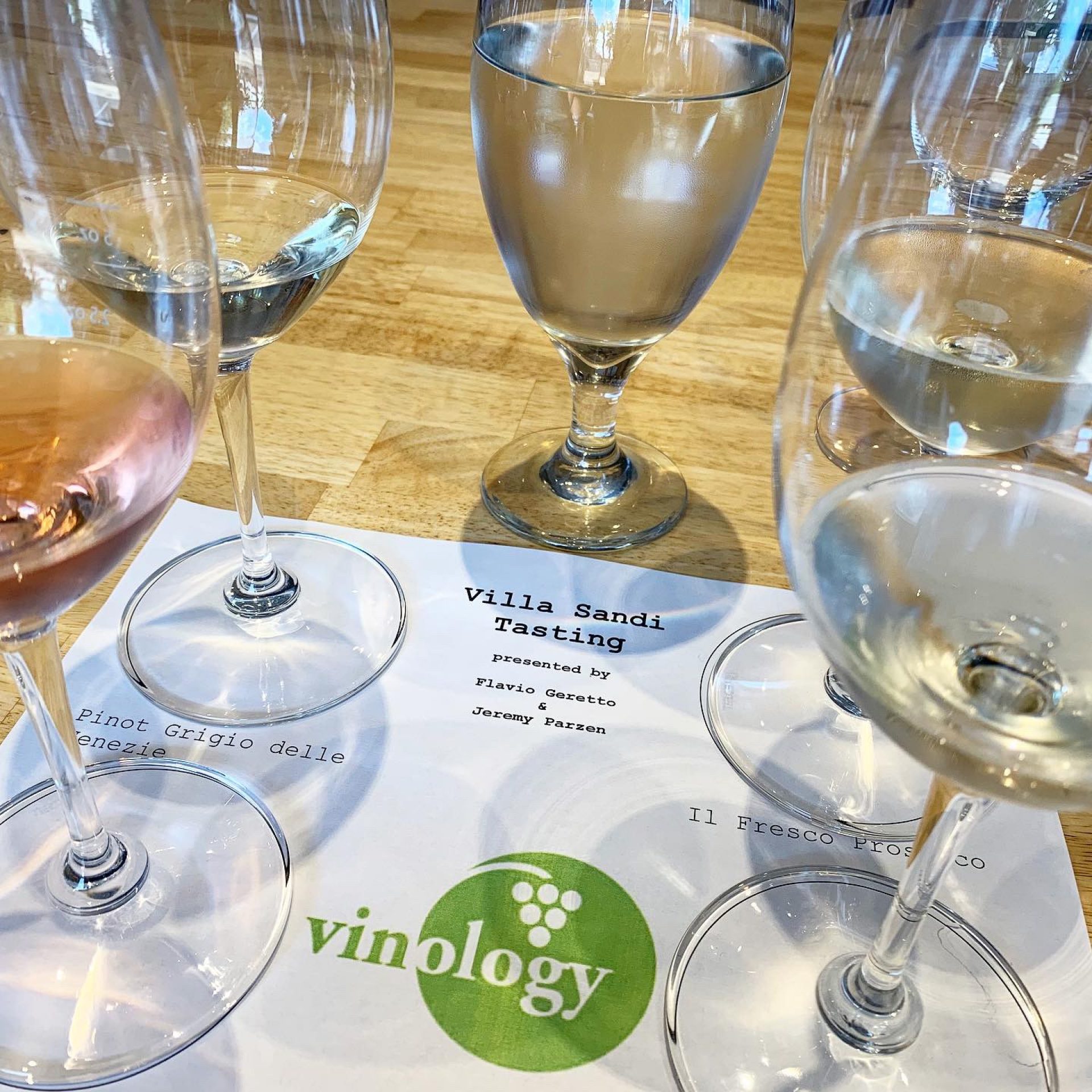
What was so great about the tasting is that it emphasized that Prosecco can fill many roles – as an aperitif, with a meal, after dinner, or just because. And while I thought I knew Prosecco, I certainly learned that there is so much more than meets the eye. Here’s some of what we tasted.
Villa Sandi Il Fresco Prosecco ($15)
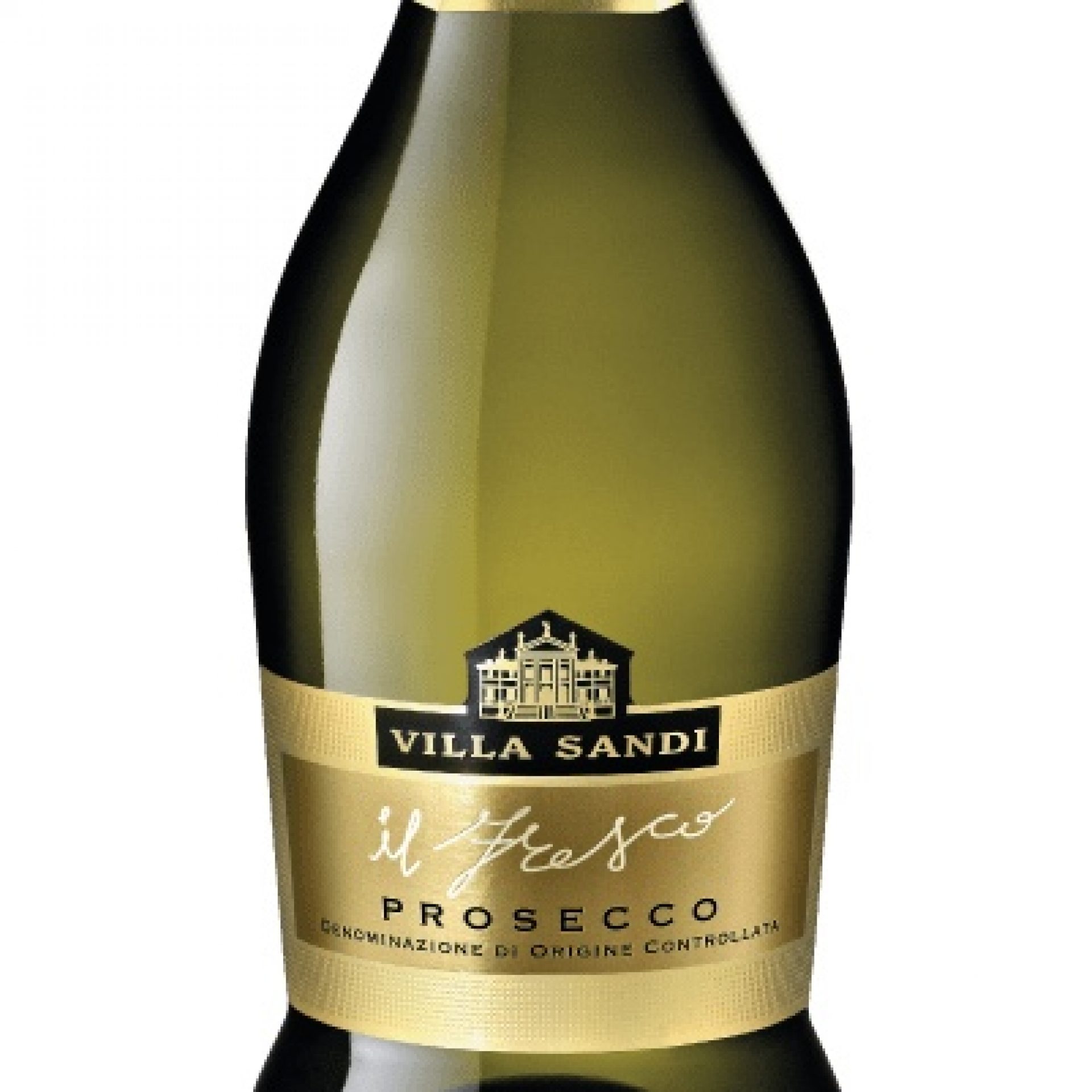
Even Villa Sandi’s entry level Prosecco is a cut above the rest. I’ve had enough bad ones for sure which caused major Prosecco bias for me for years. But I’m back from the dark side. Fresh, crisp apples and peaches with a tinge of residual sugar makes this so easy to drink. This is porch-sipping, pool-floating wine for real.
Villa Sandi Il Fresco Brut Rosato ($20)
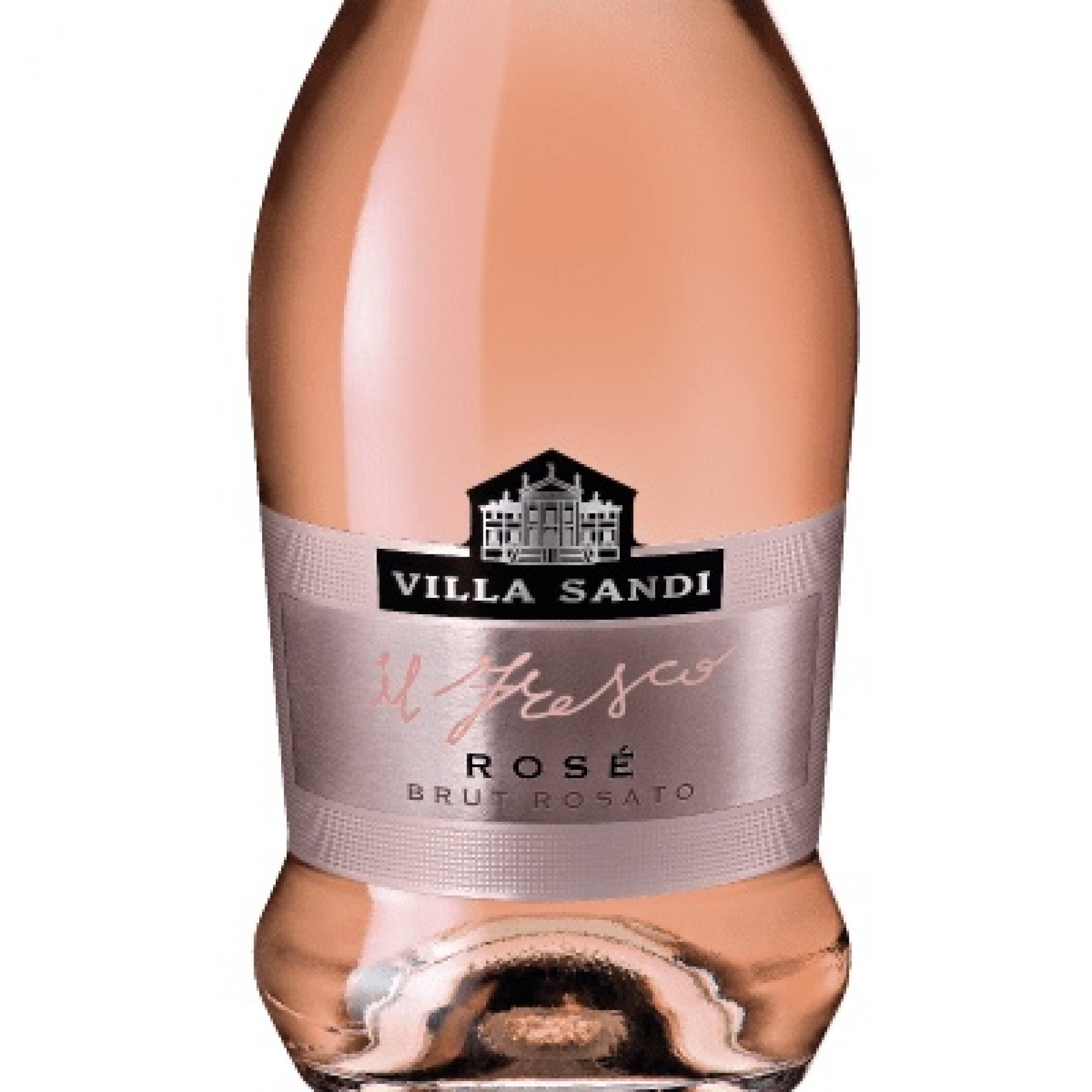
Coming soon to a bottle near you is an official designation for Prosecco Rosato. And it’s about time given that Prosecco and Rosé are two of the most popular wines on the market. True to form, to prepare for the upcoming change, Villa Sandi already produces its Rosato from the requisite red grape (Pinot Noir) and in the designated growing areas. Designation or not, this was tasty and so fun to drink. Oozing with ripe strawberries, a touch of cream, and flowers, I couldn’t leave without procuring some of this for my house. And while I can’t recall having much Prosecco Rosato in the past (cause you can’t officially call it that), I’m all on this one.
Villa Sandi Valdobbiadene Prosecco Superiore ($19)
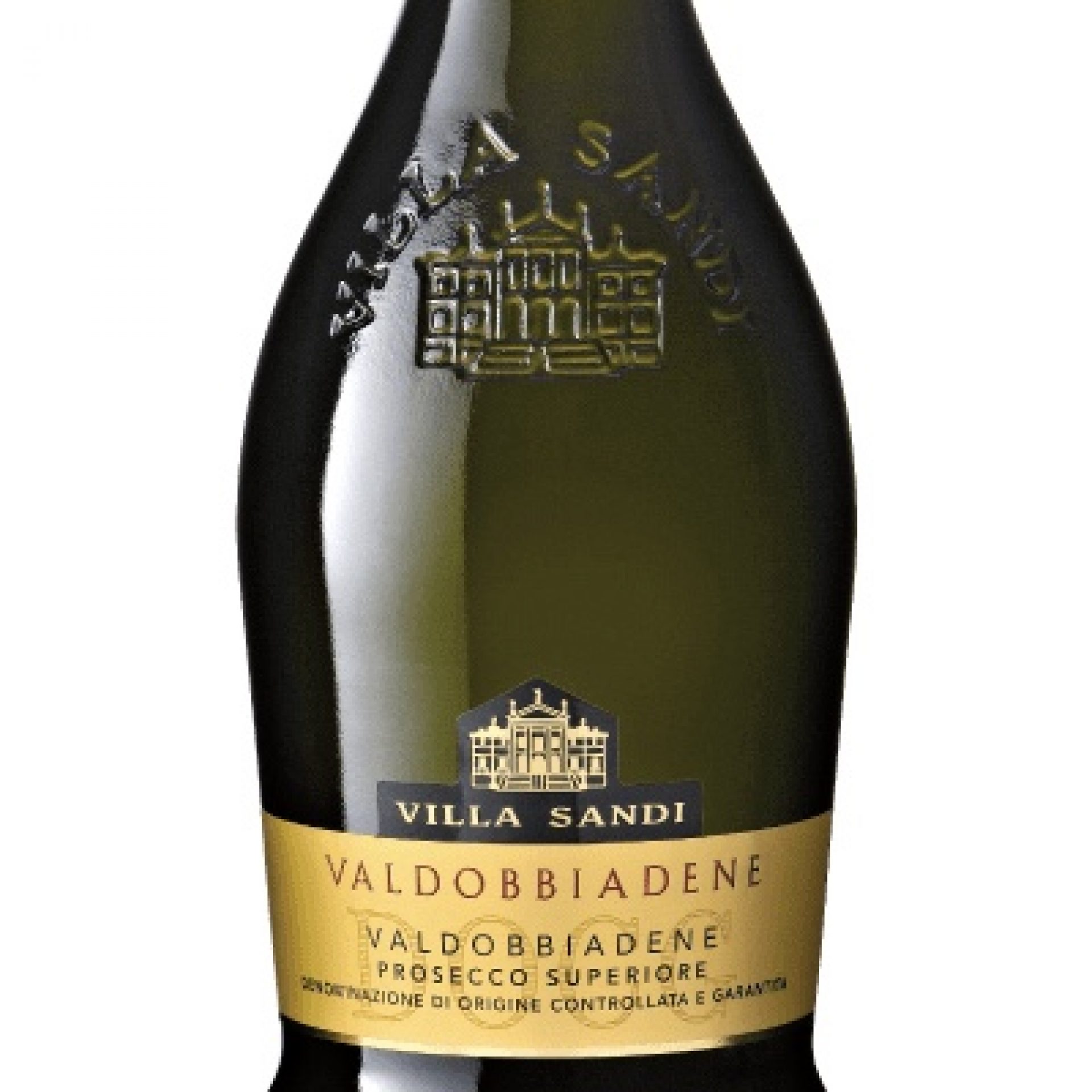
Stepping it up a notch to a Superiore wine, the increase in quality is certainly noticeable. Fresh, crisp, and clean with some richness as well. A bit more refined than its Il Fresco cousin with citrus, apricots, honey, and a bit of minerality. I loved that this was Extra Dry as the fruit and floral characteristics seemed even more pronounced.
Villa Sandi Cartizze Vigna La Rivetta ($42)
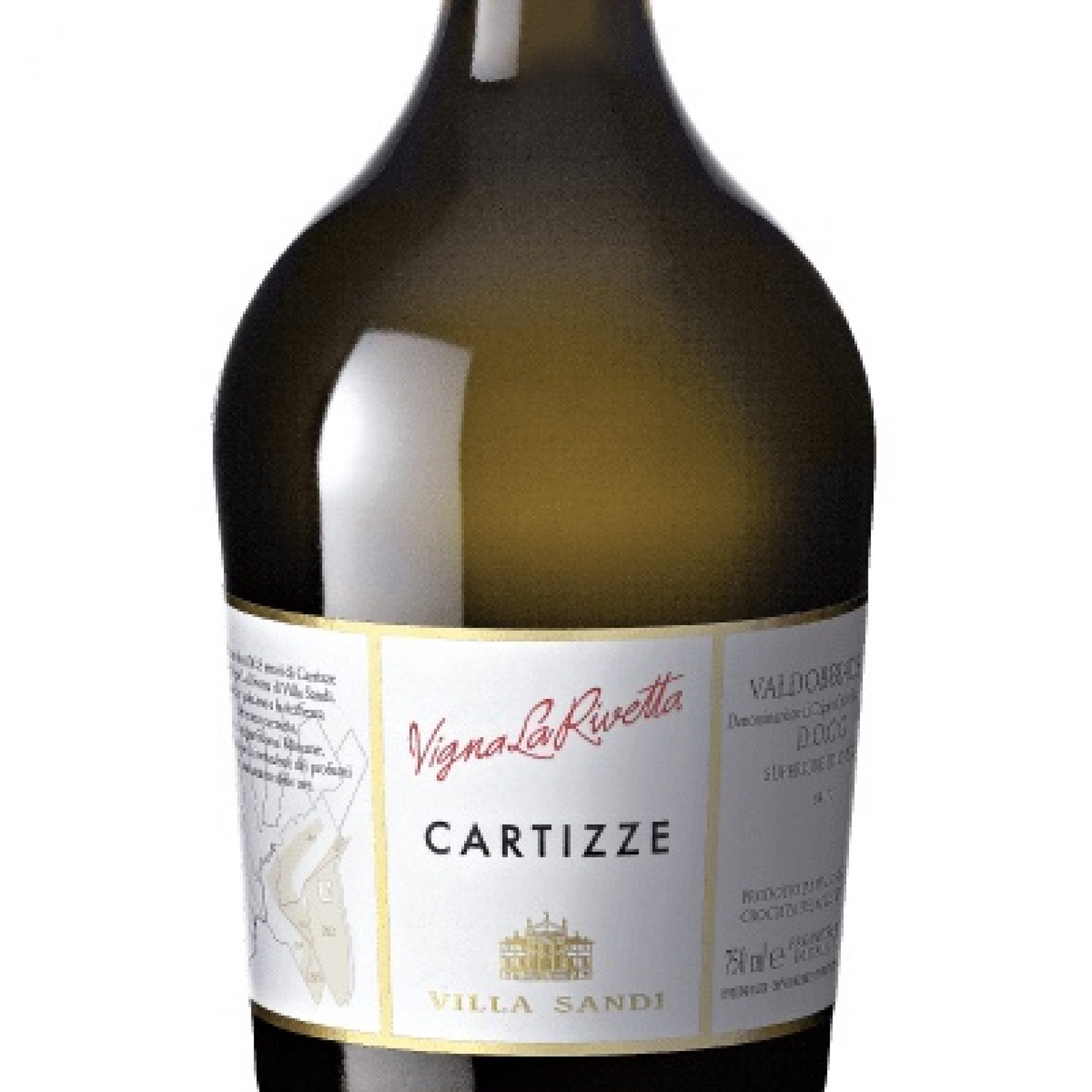
The final Prosecco was the Cartizze Vigna La Rivetta. Cartizze is a cru wine made in the heart of the most prestigious part of Valdobbiadene Prosecco area. This one hails from Villa Sandi’s estate Vigna La Rivetta in the Cartizze area. And wow, I was truly blown away with the beauty and elegance of this liquid gold. Creamy, delicate, with ripe stone fruits and golden apples, it is a thing of beauty. I was so intrigued by the almost silkiness? of the wine. Hard to put my finger on what it was. But perhaps the most elegant Prosecco I’ve ever had.
Cheers to Prosecco, its new UNESCO designation, and those Rosatos soon to come!
- And yes, some people don’t care where their wine comes from or why it tastes the way that is does. Fair enough. In fact, a have a work colleague that tells me all the time that she wants as cheap a bottle of wine that she can get and doesn’t care who makes it. She just wants it to taste good and doesn’t care what’s in – doesn’t want to know. She also thinks organic food is B.S. too. So yeah, I get that some folks don’t give a shit. And that’s cool too.
- It’s killing me not to be grammatically correct here and say “from which the wine comes.” #GrammarPolice
- Italian wines with the DOCG designation (Denominazione di Origine Controllata e Garantita) are guaranteed by the government to be of the highest quality. DOC wines (Denominazione di Origine Controllata) are of good quality wines but don’t meet the same stringent standards of DOCG wines.
- The region was specifically noted for its ciglioni – small, checkerboard plots of vines on narrow grassy terraces – along with the forests, small villages and farmland of the region. Due to its characteristics, the vineyard work must be done manually.
- There are over 1,100 UNESCO World Heritage sites around the world in over 160 countries. What’s surprising is the number of wine-related sites including parts of Burgundy, Champagne, Piedmont, Hungary’s Tokaj, Austria’s Wachau, South Africa’s Cape, and several others. Yay wine!
- Villa Sandi employs an “on-demand” production technique that ensures their Prosecco is always fresh and lively. After harvest, not all of the juice is immediately fermented. Rather, some of the unfermented juice is stored at 32°F. When more wine is needed, the temperature of the must is brought to 59-61°F and yeast cultures added, then fermented and bottled. This process allows Villa Sandi to deliver the freshest wines possible, emphasizing the fresh floral and fruity notes for which Prosecco is known.
- The winery vineyards have received the “ Biodiversity Friend” award, which signifies that the winery has minimal impact on the environment.
- Villa Sandi is a member of the Wine Research Team (“WRT”) as well as the Italian Signature Wines Academy (“ISWA”).

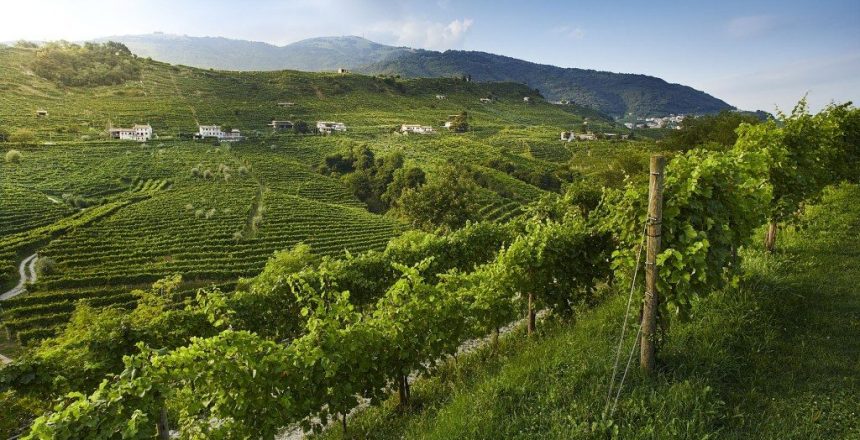
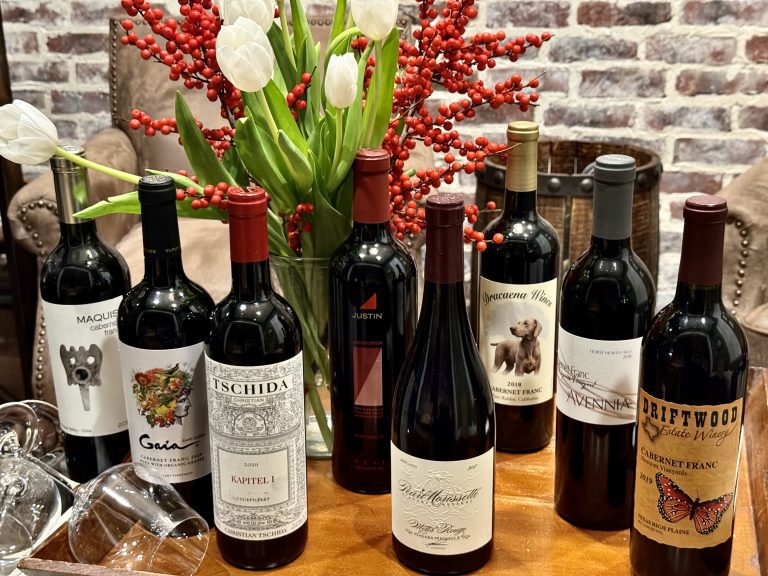

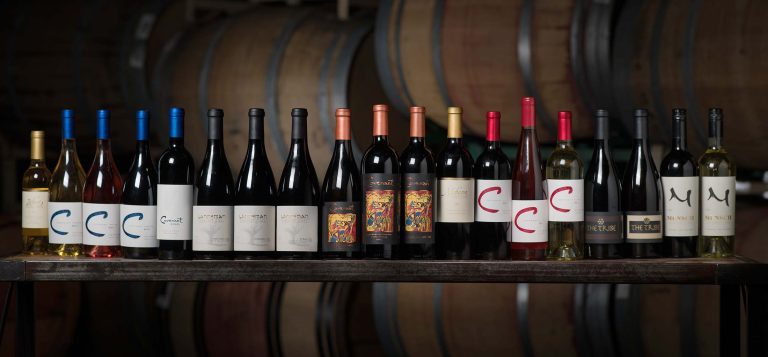

2 Comments
Jeremy Parzen
•5 years ago
Kat, this post is amazing. Thank you so much. I’m so glad you liked the wines as much as I do. Thanks for being there. See you soon.
Kat
•5 years ago
Thanks for having me. These wines were amazing and I learned so much more about Prosecco.